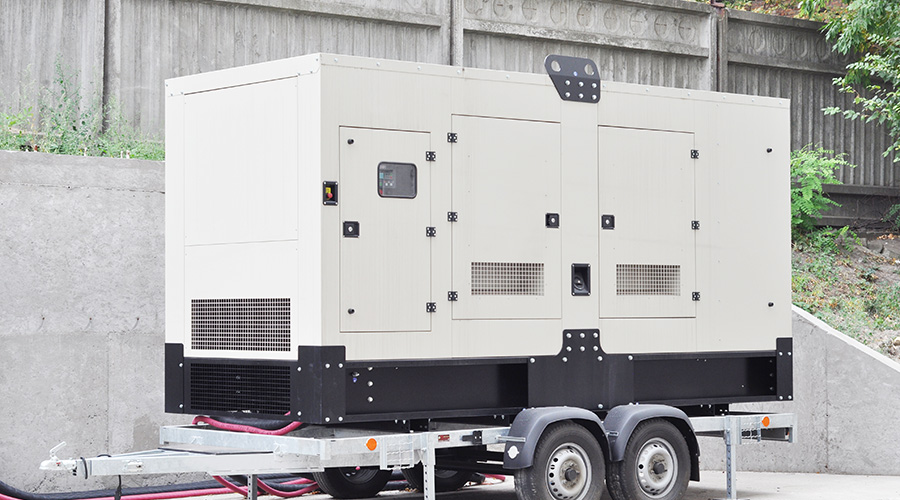When a power outage struck Intermountain Medical Center in Murray, Utah, recently, the hospital’s backup generator also failed, The Salt Lake Tribune reports. This outage forced ambulance diversions and patient transfers, including five infants and six laboring mothers. The hospital went without power for nearly two hours.
The issue likely originated in the hospital’s system, not the city grid, a fire official said. An Intermountain spokesperson said the cause is under investigation but noted the hospital is operating normally with contingency plans in place.
The incident underscores the critical nature and vulnerability of backup power systems. Generators are expected to be backups during outages, but when they fail, they can jeopardize patient safety in minutes.
Related Content: Backup Power's Expanding Role in Emergency Preparedness for Healthcare
“Uptime is a must in healthcare environments; patient lives depend on it,” Justin Carron, director of buildings and campuses at Eaton, told Healthcare Facilities Today. “The consequences of failure are significant. There is risk to patients, damage to sensitive equipment, loss of critical IT and medical records systems, legal and regulatory non-compliance and potential liability, increased insurance premiums and more at stake.”
A multi-faceted approach can ensure the peak performance of a facility’s backup power system, Carron said. Part of this approach is education and training for facility teams.
“There is a shortage of people who know how to test, operate and maintain complex electrical systems, and the more people who are trained on your infrastructure, the better you’re positioned to ensure uninterrupted power,” he said.
Carron said healthcare facilities managers can implement several strategies and tools to ensure reliable power:
- Perform regular maintenance per NFPA 110 and Joint Commission standards.
- Use real-time monitoring and predictive analytics to identify and resolve potential issues.
- Apply intelligent switchgears with generator paralleling for load balancing and quick backup power system transitions.
- Use simulation and planning tools to test system resilience under variable load conditions.
Jeff Wardon, Jr., is the assistant editor of the facilities market.

 EV Charging Station Design: Ensuring Patient Access
EV Charging Station Design: Ensuring Patient Access Sanford Health and Prairie Lakes Healthcare System Merge
Sanford Health and Prairie Lakes Healthcare System Merge Sedgebrook Falls Victim to Data Incident
Sedgebrook Falls Victim to Data Incident How Efficiency Checklists Help Hospitals Save Energy, Water and Money
How Efficiency Checklists Help Hospitals Save Energy, Water and Money Designing with Heart: Seen Health Center Blends Cultural Warmth and Clinical Care
Designing with Heart: Seen Health Center Blends Cultural Warmth and Clinical Care